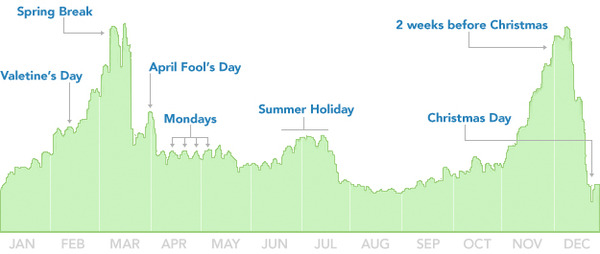Mark this date for posterity: we have officially entered The Future.
A company called James Law Cybertecture International (Special Projects) Ltd (whose terrible name we will overlook) has announced a product called the Cybertecture Mirror: Reflective window into a digital life.
The “mirror” aspect of this product is that light reflects off its surface to provide users with a picture of themselves. This technology has been known to mankind for generations.
But the “cyber” aspect is that it’s an Android-powered computer that can project onto the mirror’s surface realtime data like the weather, the owner’s current (and historical) weight, and messages from various social networks. And, being Android-powered, the extensibility is almost endless.
Now when you wake up and face your mirror in the morning, you can — as has been dreamed in decades of science fiction — see an up-to-the-minute picture of the world at large.
The only downside I see is that some percentage of the people you contact on Facebook may now be answering while naked after getting out of the shower. And that’s just a little creepy.






